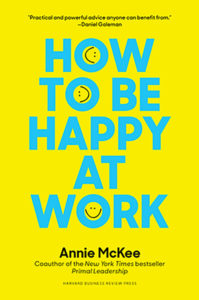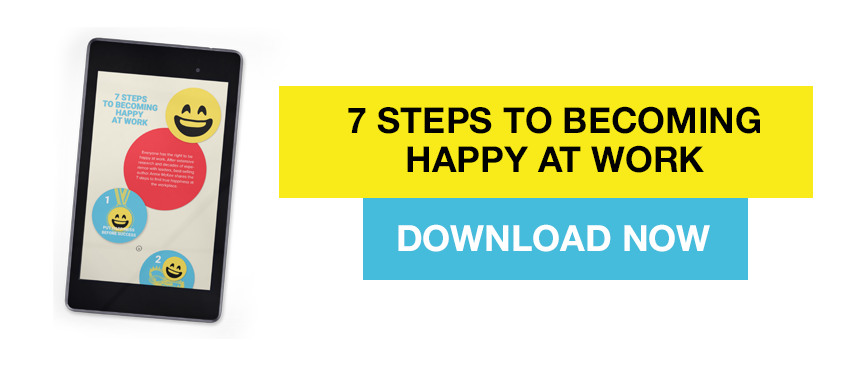The reason a leader’s manner—not just what he does, but how he does it—matters so much lies in the design of the human brain: what scientists have begun to call the open-loop nature of the limbic system, our emotional centers. A closed-loop system such as the circulatory system is self-regulating; what’s happening in the circulatory system of others around us does not impact our own system. An open-loop system depends largely on external sources to manage itself.
In other words, we rely on connections with other people for our own emotional stability. The open-loop limbic system was a winning design in evolution, no doubt because it allows people to come to one another’s emotional rescue—enabling, for example, a mother to soothe her crying infant, or a lookout in a primate band to signal an instant alarm when he perceives a threat.
Our Need for Others
Despite the veneer of our advanced civilization, the open-loop principle still holds. Research in intensive care units has shown that the comforting presence of another person not only lowers the patient’s blood pressure but also slows the secretion of fatty acids that block arteries. More dramatically, whereas three or more incidents of intense stress within a year (say, serious financial trouble, being fired, or a divorce) triple the death rate in socially isolated middle-aged men, they have no impact whatsoever on the death rate of men who cultivate many close relationships.
Scientists describe the open loop as “interpersonal limbic regulation,” whereby one person transmits signals that can alter hormone levels, cardiovascular function, sleep rhythms, and even immune function inside the body of another.
That’s how couples who are in love are able to trigger in one another’s brains surges of oxytocin, which creates a pleasant, affectionate feeling. But in all aspects of social life, not just love relationships, our physiologies intermingle, our emotions automatically shifting into the register of the person we’re with. The open-loop design of the limbic system means that other people can change our very physiology—and so our emotions.
Mirroring and Spreading Emotions
Even though the open loop is so much a part of our lives, we usually don’t notice the process itself. Scientists have captured this attunement of emotions in the laboratory by measuring the physiology—such as heart rate—of two people as they have a good conversation.
As the conversation begins, their bodies each operate at different rhythms. But by the end of a simple fifteen-minute conversation, their physiological profiles look remarkably similar—a phenomenon called mirroring. This entrainment occurs strongly during the downward spiral of a conflict, when anger and hurt reverberate but also goes on more subtly during pleasant interactions. It happens hardly at all during an emotionally neutral discussion.
Researchers have seen again and again how emotions spread irresistibly in this way whenever people are near one another, even when the contact is completely nonverbal.
For example, when three strangers sit facing each other in silence for a minute or two, the one who is most emotionally expressive transmits his or her mood to the other two—without speaking a single word. The same effect holds in the office, boardroom, or shop floor; people in groups at work inevitably “catch” feelings from one another, sharing everything from jealousy and envy to angst or euphoria. The more cohesive the group, the stronger the sharing of moods, emotional history, and even hot buttons.
Contagious Emotions at Work
In seventy work teams across diverse industries, for instance, members who sat in meetings together ended up sharing moods—either good or bad—within two hours. Studies of professional sports teams reveal similar results: Quite apart from the ups and downs of a team’s standing, its players tend to synchronize their moods over a period of days and weeks.
Emotions may spread like viruses, but not all emotions spread with the same ease.
A study at the Yale University School of Management found that among working groups, cheerfulness and warmth spread most easily, while irritability is less contagious and depression spreads hardly at all. This greater diffusion rate for good moods has direct implications for business results. Moods, the Yale study found, influence how effectively people work; upbeat moods boost cooperation, fairness, and business performance.
Laughter, in particular, demonstrates the power of the open loop in operation—and therefore the contagious nature of all emotion. Hearing laughter, we automatically smile or laugh too, creating a spontaneous chain reaction that sweeps through a group. Glee spreads so readily because our brain includes open-loop circuits, designed specifically for detecting smiles and laughter that make us laugh in response. The result is a positive emotional hijack.
Smiles And Laughter as Comforting Cues
Similarly, of all emotional signals, smiles are the most contagious; they have an almost irresistible power to make others smile in return. Smiles may be so potent because of the beneficial role they played in evolution: Smiles and laughter, scientists speculate, evolved as a nonverbal way to cement alliances, signifying that an individual is relaxed and friendly rather than guarded or hostile.
Laughter offers a uniquely trustworthy sign of this friendliness. Unlike other emotional signals—especially a smile, which can be feigned—laughter involves highly complex neural systems that are largely involuntary: It’s harder to fake. So whereas a false smile might easily slip through our emotional radar, a forced laugh has a hollow ring.
Laughter as an Emotional Temperature Gauge
In a neurological sense, laughing represents the shortest distance between two people because it instantly interlocks limbic systems. This immediate, involuntary reaction, as one researcher puts it, involves “the most direct communication possible between people—brain to brain—with our intellect just going along for the ride, in what might be called a “limbic lock.” No surprise, then, that people who relish each other’s company laugh easily and often; those who distrust or dislike each other, or who are otherwise at odds, laugh little together, if at all.
In any work setting, therefore, the sound of laughter signals the group’s emotional temperature, offering one sure sign that people’s hearts, as well as their minds, are engaged. Moreover, laughter at work has little to do with someone telling a canned joke: In a study of 1,200 episodes of laughter during social interactions, the laugh almost always came as a friendly response to some ordinary remark like “nice meeting you,” not to a punchline. A good laugh sends a reassuring message: We’re on the same wavelength, we get along. It signals trust, comfort, and a shared sense of the world; as a rhythm in a conversation, laughing signals that all is well for the moment.
Excerpted from Primal Leadership, Harvard Business Review Press, 2013.

You Deserve to Be Happy at Work
Based on extensive research and decades of experience with leaders, How to Be Happy at Work deepens our understanding of what it means to be truly fulfilled and effective at work and provides clear, practical advice and instruction on how to get there―no matter what job you have.
